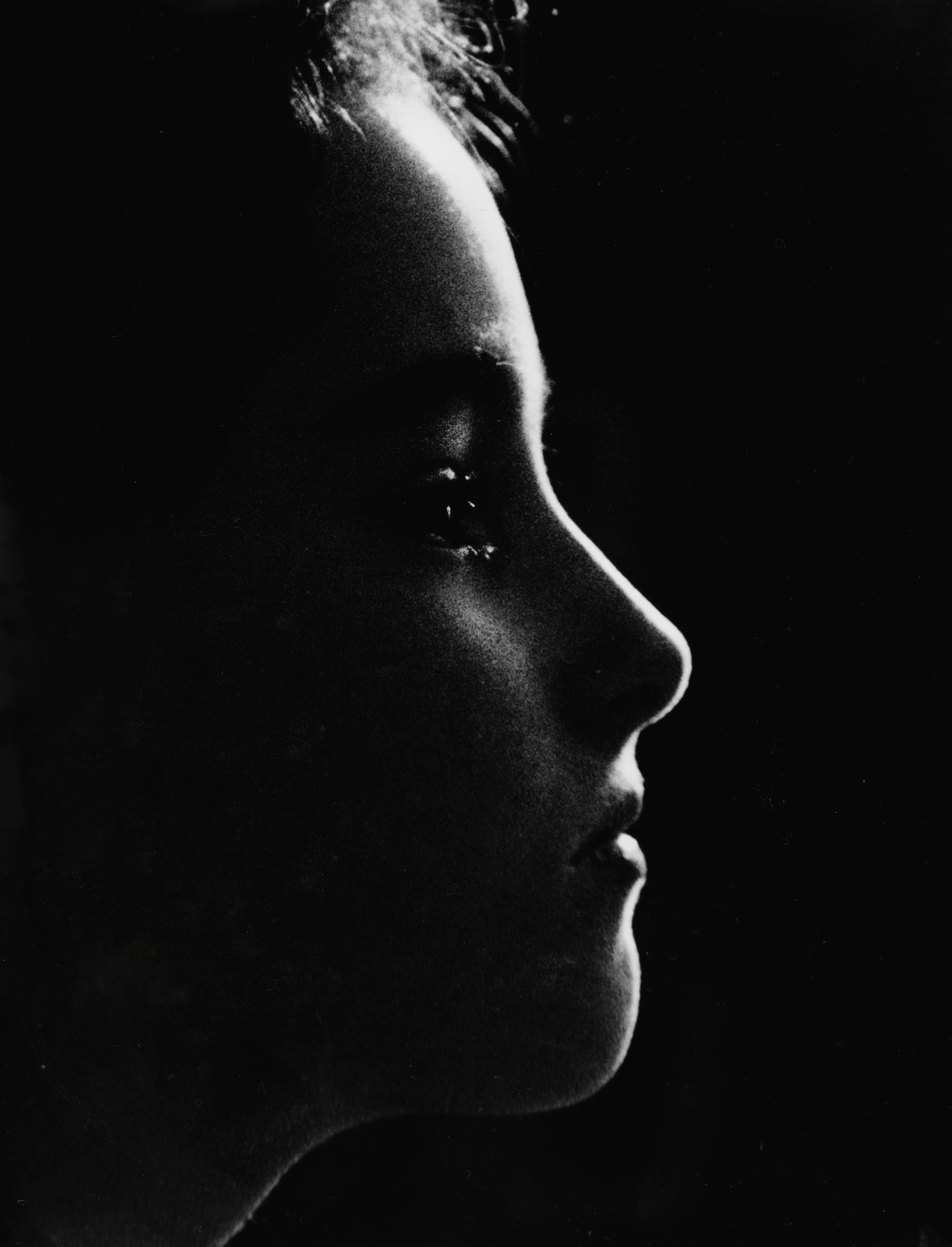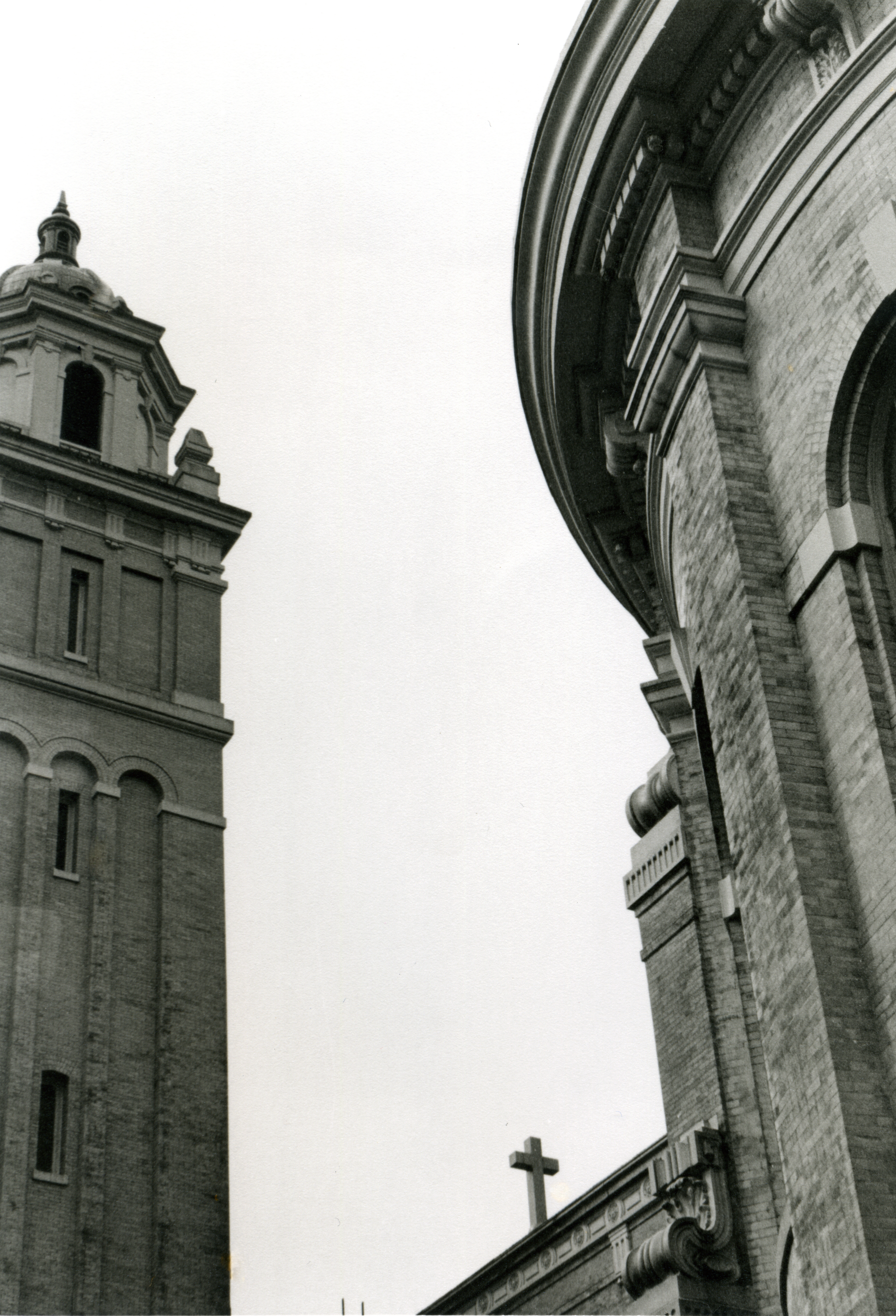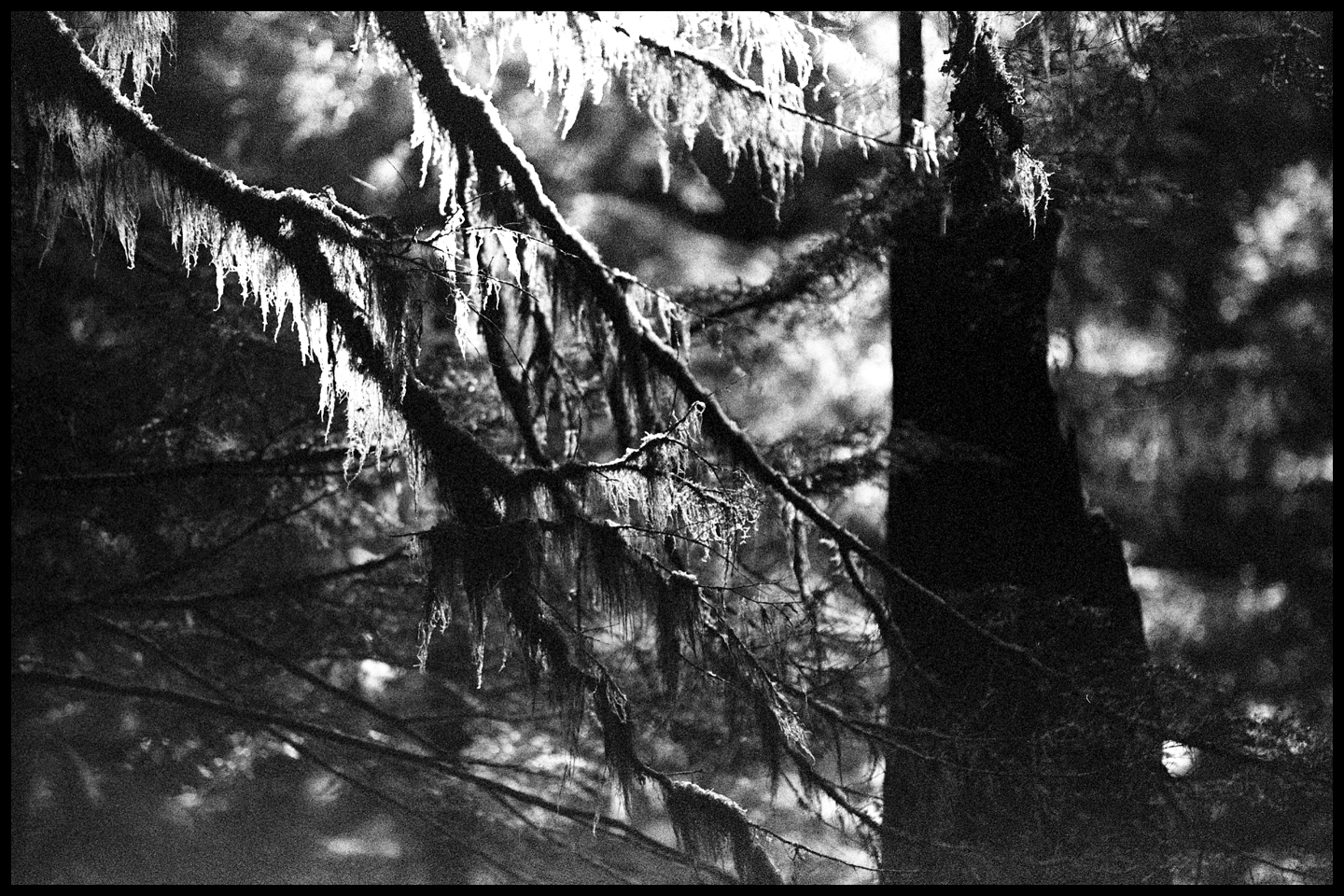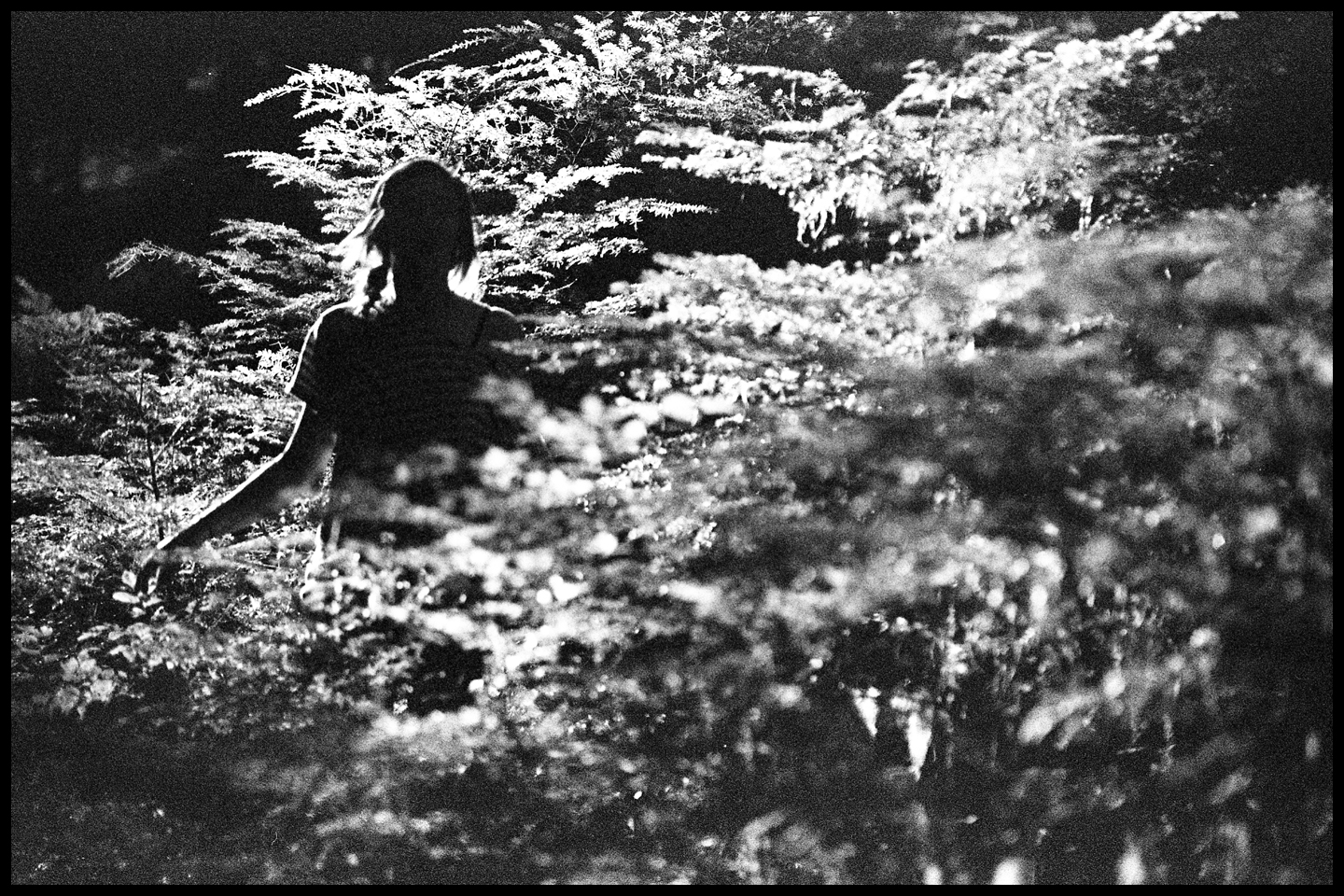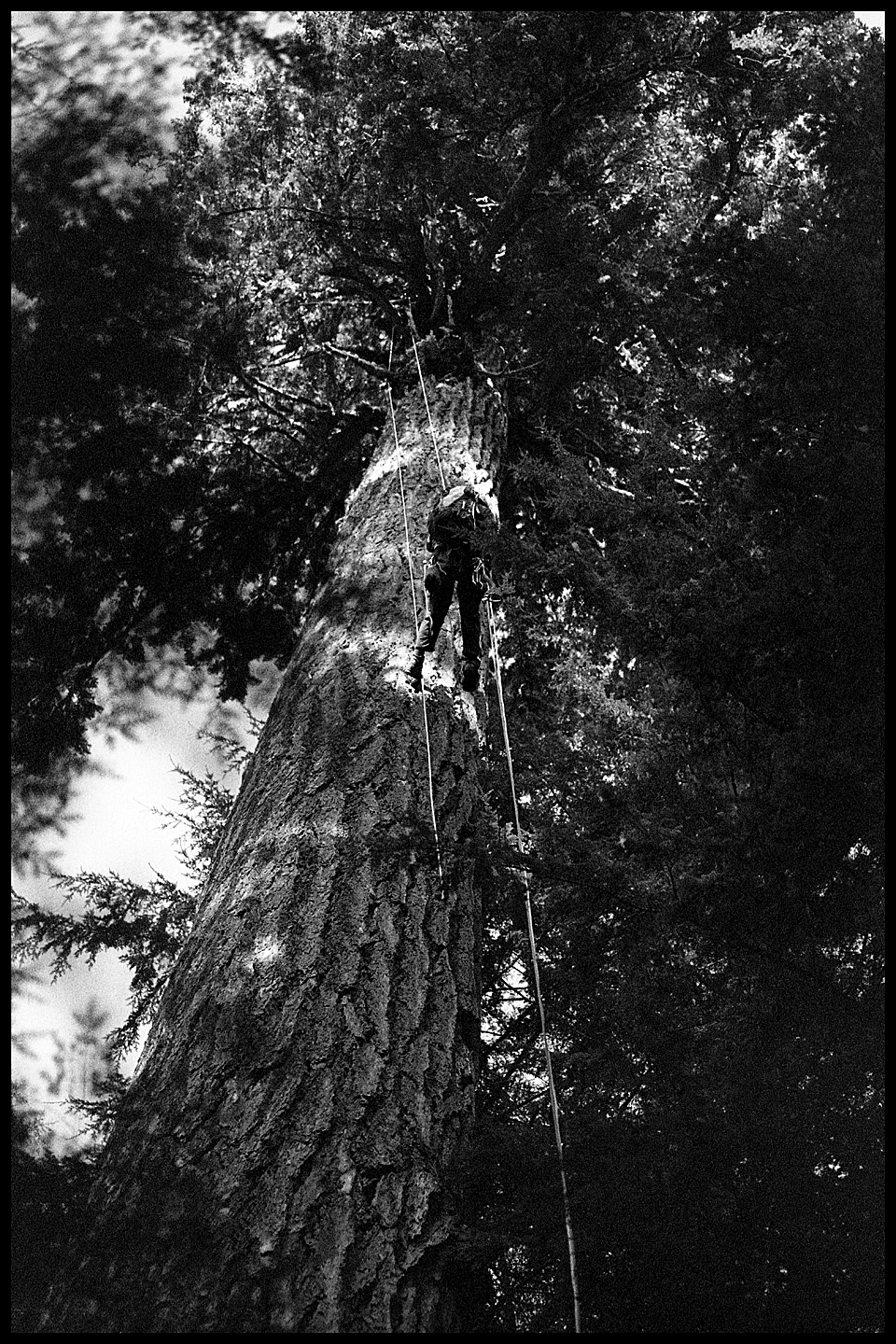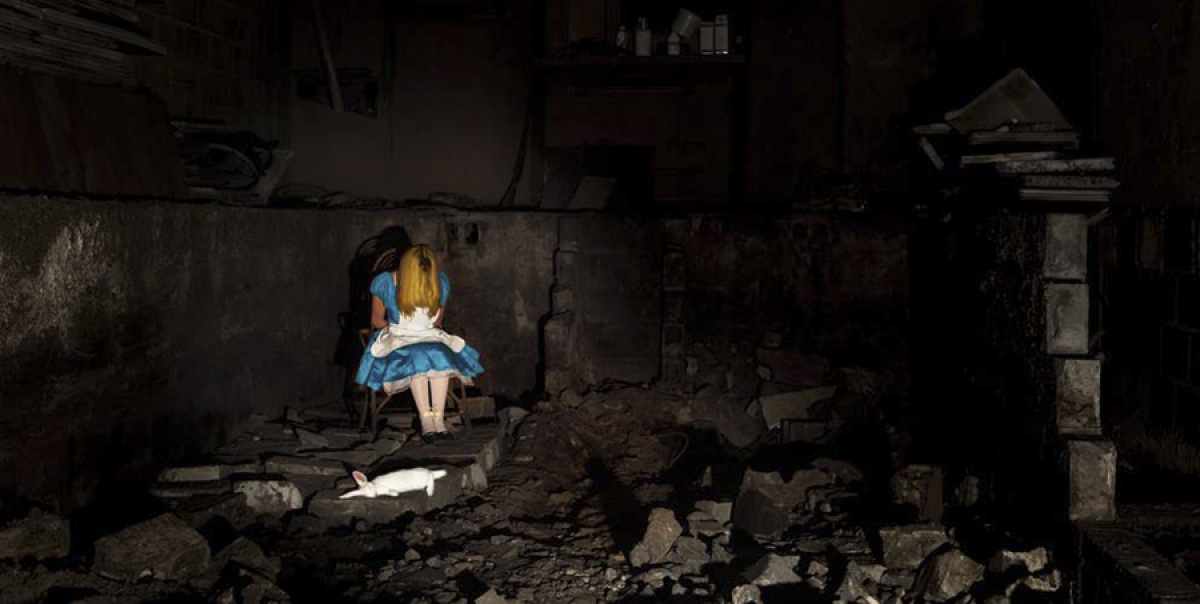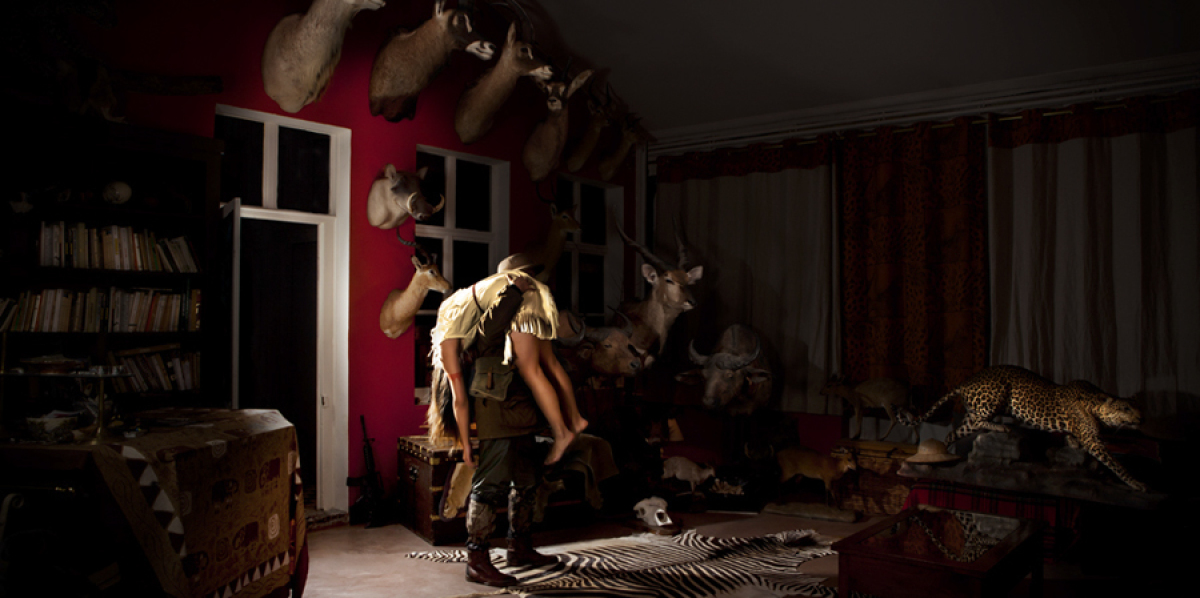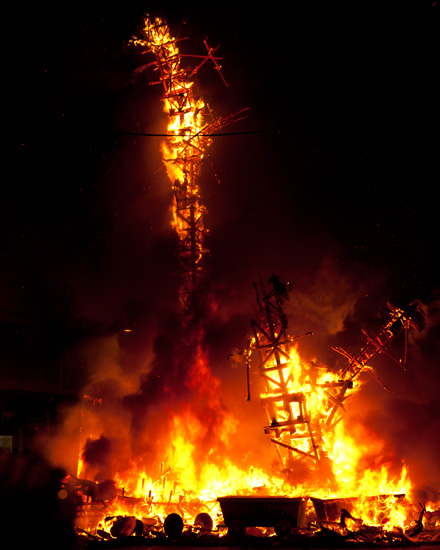Theory 3: Copying, Capturing, & Reproducing (pg 171-215)
Photography involves different stages of reproduction- starting with capturing the original subject, then production of a negative, to printing the positive image. Photographic images possess the presence of the original subject, Susan Sontag goes on then to explain that a photograph is not just an image (like a painting is an image), an interpretation of the real; it is also a trace, something real like a footprint. Photographs present us with traces of the past…I love this concept. They also can provide a kind of portal into the past, but Trachtenberg warns that when a viewer becomes consumed (transported to the time and place of the photo) he/she might unconsciously assume the perspective of the photographer and his/her cultural, economic, and political biases. I think this is interesting, there is this danger (that the viewer might assume knowledge due to inclusionary nature of a photograph) but I think this kind of transportation can also be extremely powerful (like images of war can make the violence and grief of those thousands of miles away a reality to viewers sitting at home).


